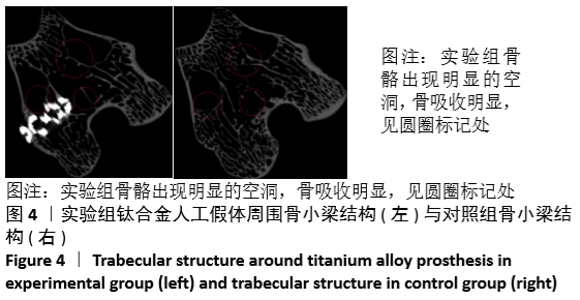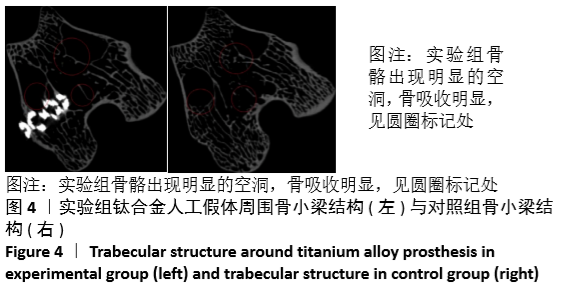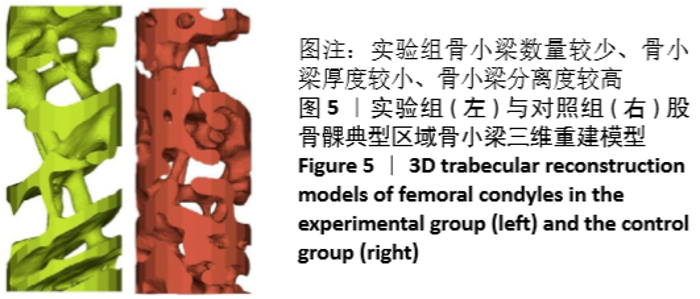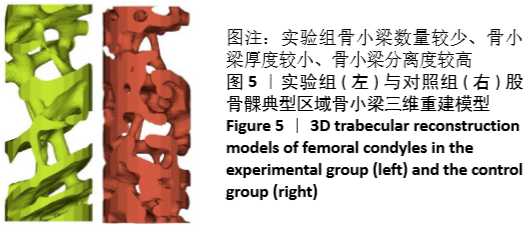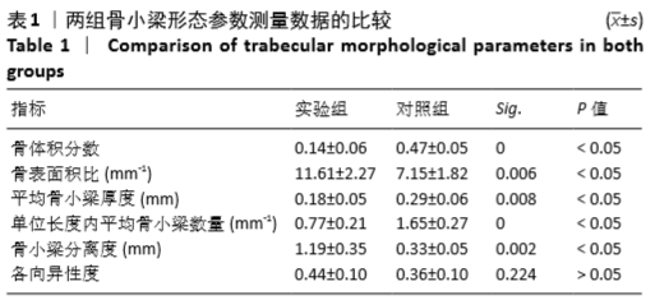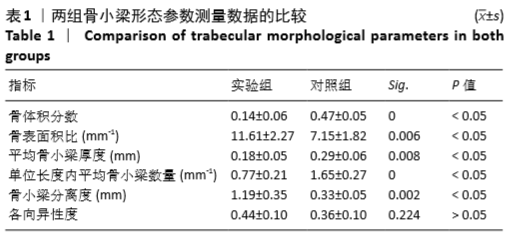[1] MOSLEY JR. Osteoporosis and bone functional adaptation: mechanobiological regulation of bone architecture in growing and adult bone, a review.J Rehabil Res Dev.2000;37(2):189-199.
[2] LIMA F, DE FALCO V, BAIMA J, et al.Effect of impact load and active load on bone metabolism and body composition of adolescent athletes. Med Sci Sports Exerc.2001;33(8):1318-1323.
[3] RUIMERMAN R, VAN RIETBERGEN B, HILBERS P, et al.The effects of trabecular-bone loading variables on the surface signaling potential for bone remodeling and adaptation.Ann Biomed Eng. 2005;33(1):71-78.
[4] SUMNER DR. Long-term implant fixation and stress-shielding in total hip replacement.J Biomech.2015;48(5):797-800.
[5] 刘蓉,郭新路,张亚坤,等.骨小梁Micro-CT图像形态计量学参数计算方法综述[J].中国生物医学工程学报,2018,37(2):237-246.
[6] WILI P, MAQUER G, PANYASANTISUK J, et al. Estimation of the effective yield properties of human trabecular bone using nonlinear micro-finite element analyses.Biomech Model Mechanobiol. 2017; 16(6): 1925-1936.
[7] WANG J, ZHOU B, LIU XS, et al. Trabecular plates and rods determine elastic modulus and yield strength of human trabecular bone. Bone. 2015;72:71-80.
[8] HUMLE PA, BOYD SK, FERGUSON SJ. Regional variation in vertebral bone morphology and its contribution to vertebral fracture strength. Bone.2007;41(6):946-957.
[9] LIAO SH, ZHU XH, XIE J, et al. Influence of trabecular bone on peri-implant stress and strain based on micro-CT finite element modeling of beagle dog.BioMed Res Int.2016;2016:1-11.
[10] COOK GE, SAMIEZADEH S, MORISON Z, et al. Biomechanical optimization of the angle and position for surgical implantation of a straight short stem hip implant.Med Eng Phys.2017;39:23-30.
[11] YOSHIMOTO K, NAKASHIMA Y, WAKIYAMA M, et al. Initial stability of a highly porous titanium cup in an acetabular bone defect model.J Orthop Sci.2018;23(4):665-670.
[12] PARDAL-PELÁEZ B, MONTERO J. Preload loss of abutment screws after dynamic fatigue in single implant-supported restorations. A systematic review.J Clin Exp Dent.2017;9(11):e1355-e1361.
[13] JEMT T, LEHOLM U, JOHANSSON CB. Bone response to implant-supported frameworks with differing degrees of misfit preload: in vivo study in rabbits.Clin Implant Dent Relat Res. 2000;2(3): 129-137.
[14] SALOU L, HOORNAERT A, LOUARN G, et al. Enhanced osseointegration of titanium implants with nanostructured surfaces: an experimental study in rabbits.Acta Biomater.2015;11:494-502.
[15] SRIVASA PK, KAPAT K, DADHICHA P, et al. Osseointegration assessment of extrusion printed Ti6Al4V scaffold towards accelerated skeletal defect healing via tissue in-growth.Bioprinting.2017;6(6):8-17.
[16] UEZONO M, TAKAKUDA K, KIKUCHI M, et al. Hydroxyapatite/ collagen nanocomposite-coated titanium rod for achieving rapid osseointegration onto bone surface.J Biomed Mater Res B Appl Biomater. 2013;101(6):1031-1038.
[17] KLAR RM, DUARTE R, DIX-PEEK T, et al. Calcium ions and osteoclastogenesis initiate the induction of bone formation by coral-derived macroporous constructs.J Cell Mol Med. 2013;17(11): 1444-1457.
[18] KLAR RM. The induction of bone formation: the translation enigma. Front Bioeng Biotechnol. 2018;6:74.
[19] YAMASAKI N, HIRAO M, NANNO K, et al. A comparative assessment of synthetic ceramic bone substitutes with different composition and microstructure in rabbit femoral condyle model.J Biomed Mater Res B Appl Biomater.2009;91(2):788-798.
[20] ZHANG HX, XIAO GY, WANG X, et al. Biocompatibility and osteogenesis of calcium phosphate composite scaffolds containing simvastatin-loaded PLGA microspheres for bone tissue engineering.J Biomed Mater Res A.2015;103(10):3250-3258.
[21] CHALISSERRYA EP, NAM SY, ANIL S. Simvastatin loaded nano hydroxyapatite in bone regeneration: a study in the rabbit femoral condyle. Curr Drug Deliv.2019;16(6):530-537.
[22] LIANG HX, YANG YW, XIE DQ, et al. Trabecular-like Ti-6Al-4V scaffolds for orthopedic: fabrication by selective laser melting and in vitro biocompatibility.J Mater Sci Technol.2019;35(7):1284-1297.
[23] PATTERSON EA, JOHNS RB. Theoretical analysis of the fatigue life of fixture screws in osseointegrated dental implants.Int J Oral Maxillofac Implants.1992;7(1):26-33. |


